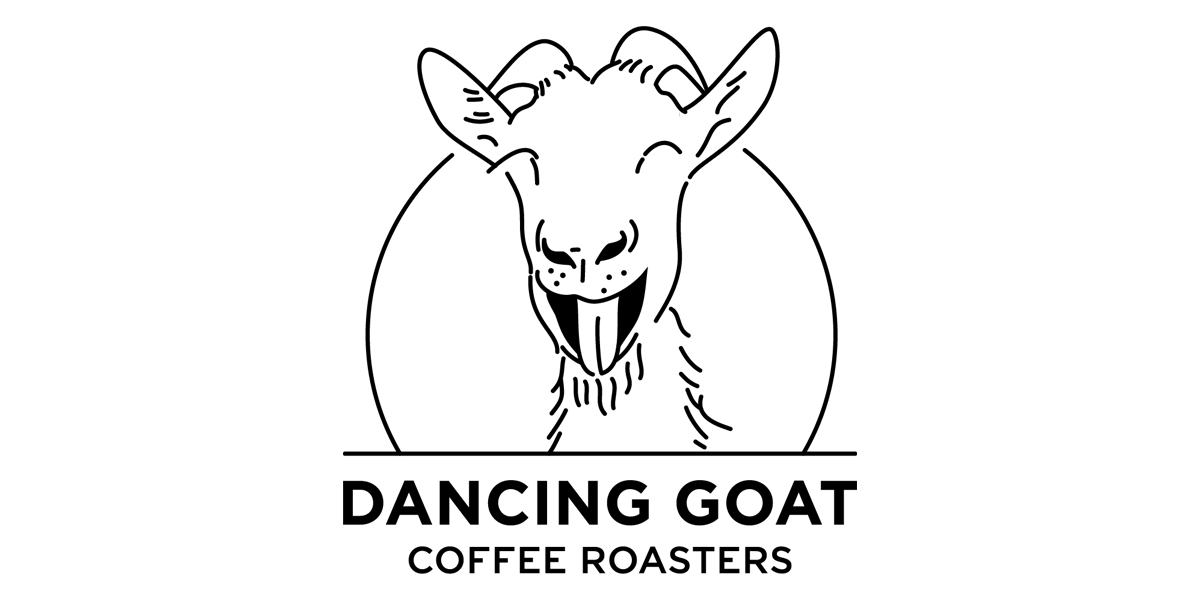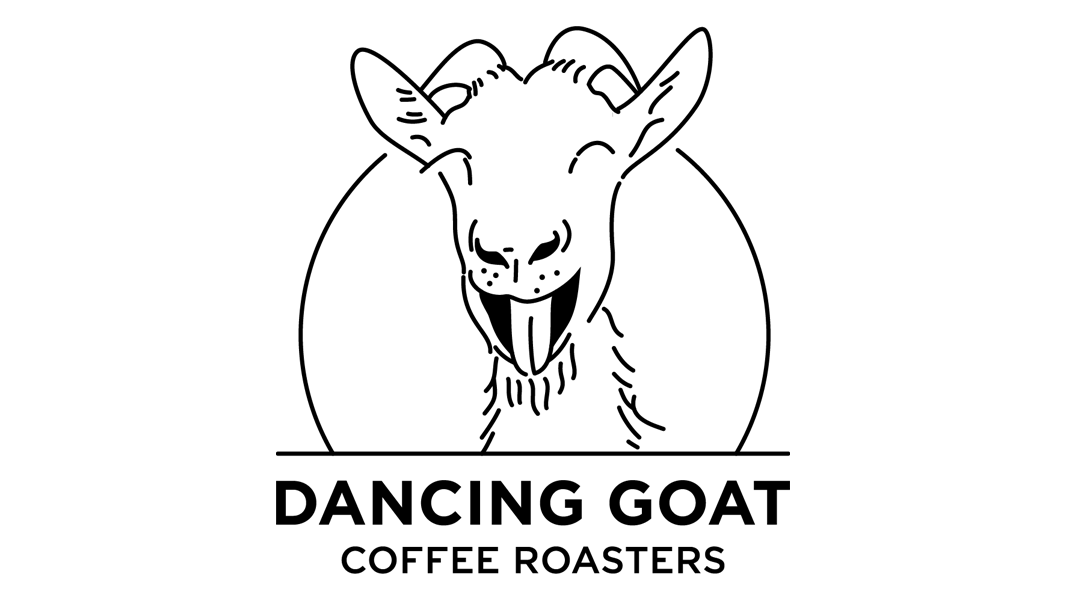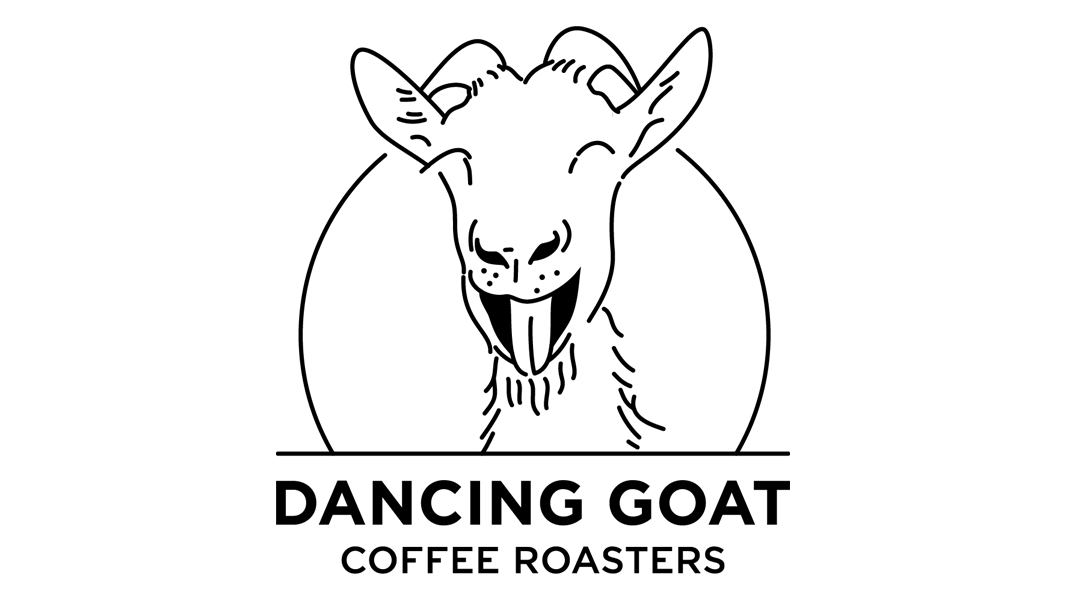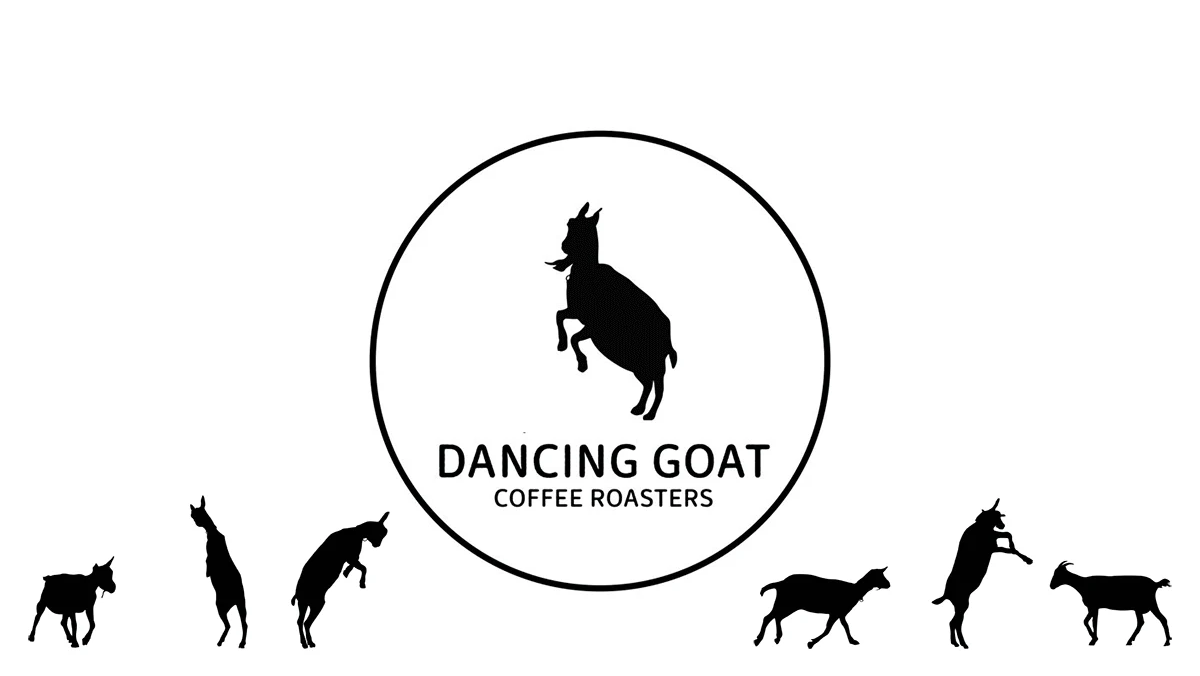So, the Dancing Goat approach to roasting coffee is a little different to other coffee roasters. That’s because our beans are roasted to taste best with milk.
If you’re an espresso lover, these aren’t the beans for you. I mean they taste fine as a short or long black but if you really enjoy coffee without milk, you should choose beans from other roasters. And here’s why.
It’ll come as no surprise to you that coffee roasting plays a crucial role in determining the flavour profile of the final cup of coffee. When it comes to milk-based drinks, such as lattes and cappuccinos, the choice of roast can greatly impact the overall taste and balance of the beverage.
In short, there’s one way to roast for espresso, and another way to roast when mixing your coffee with milk.
Let’s take a gander at what happens at different roast profiles.
Light Roast
Characteristics
- Light roasts are typically roasted for a shorter duration, resulting in a lighter colour and a more acidic flavour profile.
- They retain more of the coffee's natural Flavors and aromas, which can add complexity to milk-based drinks.
Advantages
- Light roasts provide a brighter and more vibrant taste, which can cut through the richness of milk.
- They allow the natural sweetness and fruity notes of the coffee to shine through, enhancing the overall flavour experience.
Best for...
- Espresso
The clincher here is that the higher acidity of lightly roasted beans can often chemically curdle thanks to the alkalinity of certain milks. And THAT’s why you get those horrifying lumps in your soy milk. Yeah science!
Medium Roast
Characteristics
- Medium roasts have a slightly darker colour and a more balanced flavour profile compared to light roasts.
- They offer a good compromise between the natural flavours of the coffee and the caramelization that occurs during the roasting process.
Advantages
- Medium roasts provide a well-rounded flavour that complements the creaminess of milk-based drinks.
- They offer a pleasant combination of acidity, sweetness, and body, resulting in a smooth and satisfying beverage.
Best for...
- Espresso and milk-based drinks (depending on the bean)
Here’s where things get tricky. Some coffee beans are fruity, some are chocolatey. For example, beans from Ethiopia are often fruity and acidic. See these examples stolen shamelessly from Café Imports’ list of beans for sale:

Now compare those flavours to those from Guatemala, where coffee beans have a markedly different taste profile:

See the chocolates of the Guatemala versus the fruits and berries of the Ethiopia? Immediately you can sweet and non-acidic (chocolate) versus sharp and acidic (fruit and berries). But both have high acidity. So in this roast profile, you still need to be careful not to keep too much of the acidity in the profile or you’ll run the risk of causing an adverse chemical reaction when acids meet alkalines.
Dark Roast
Characteristics
- Dark roasts have a deep, rich colour and a bold flavour profile.
- They’re roasted for a longer duration, resulting in the caramelization of sugars and the development of smoky and chocolaty notes.
Advantages
- Dark roasts offer a robust and intense flavour that can stand up to the creaminess of milk-based drinks.
- They provide a strong and bold taste experience, which can be particularly appealing to those who prefer a more pronounced coffee flavour.
Best for...
- Milk-based drinks
Danger, danger! It’s so easy to over roast and lose the subtle flavours of the bean and end up with the taste of, well, roasted beans. The darker the roast, the less acidity and original bean flavour is left. Less acidity is theoretically good for milk-based drinks, but the clever roaster keeps any inherent acidity because gosh darn it it’s supposed to be there. It just needs to be toned down.
Well that’s all fine and dandy, but what does it all mean?
I guess I just wanted to explain WHY our coffee beans are ideal for milk-based drinks rather than espresso and long blacks. Our coffee works with milk from a chemical and flavour point of view, rather than against it.
And because you’re wondering, our roast profiles sit somewhere magical between medium and dark roast.
Check them out here






Leave A Comment